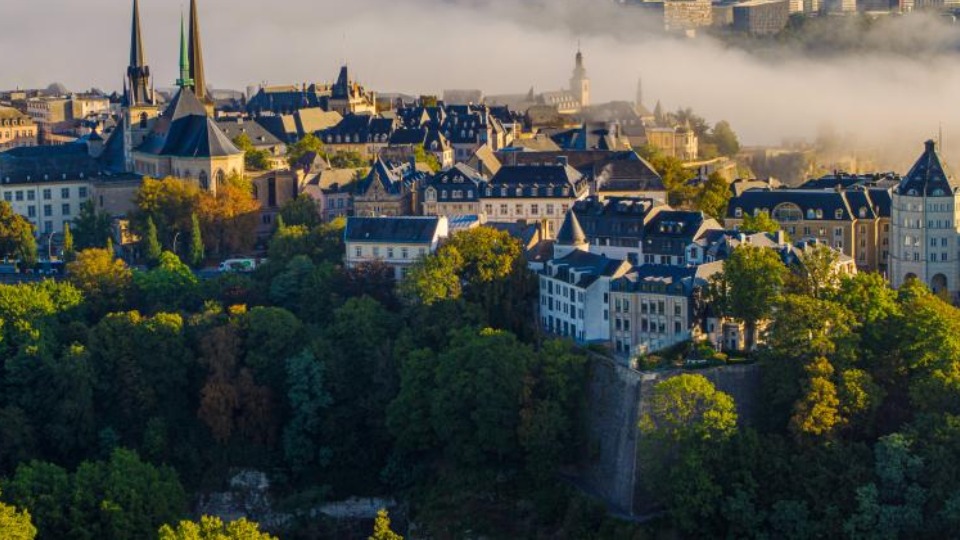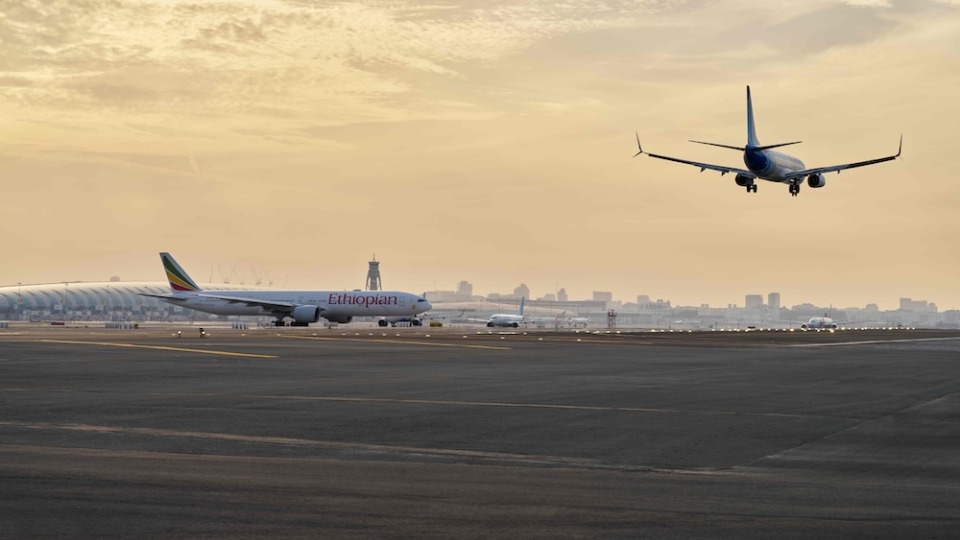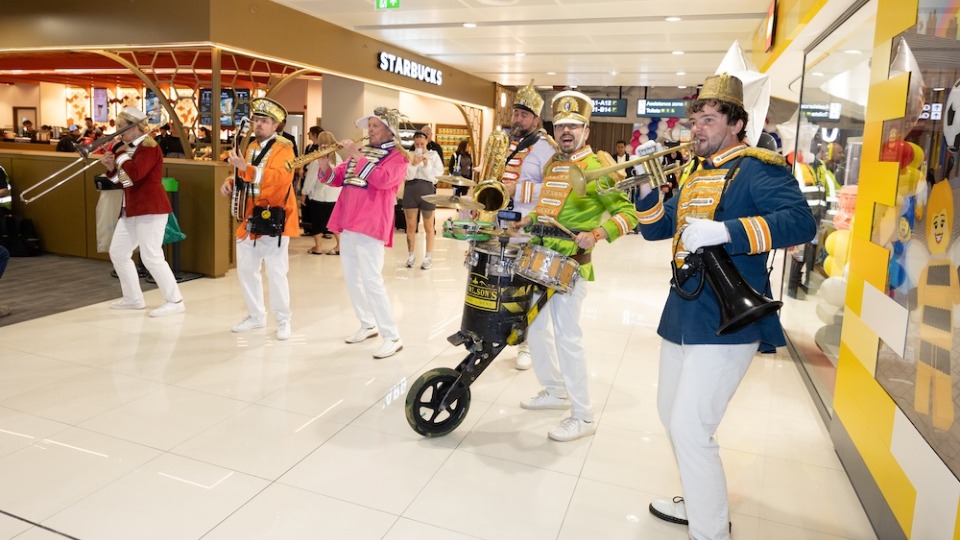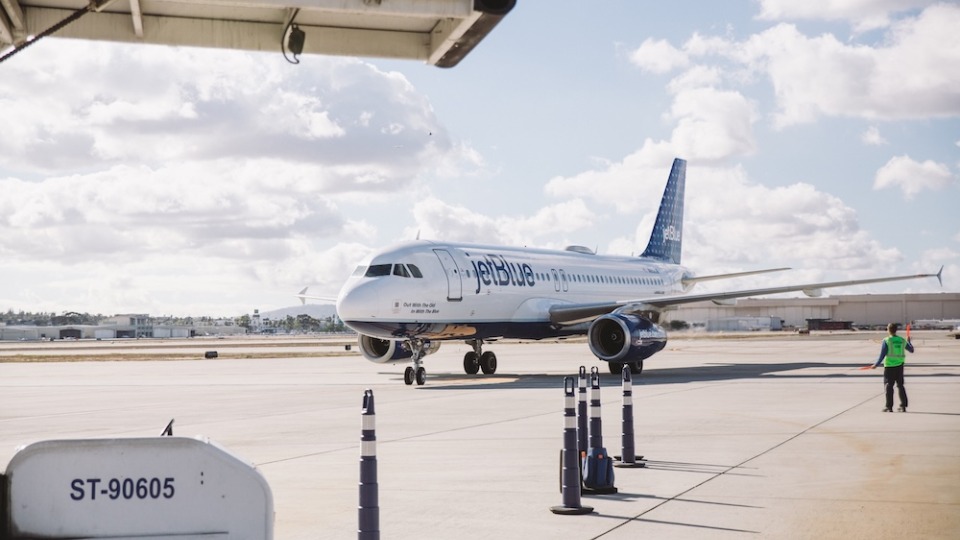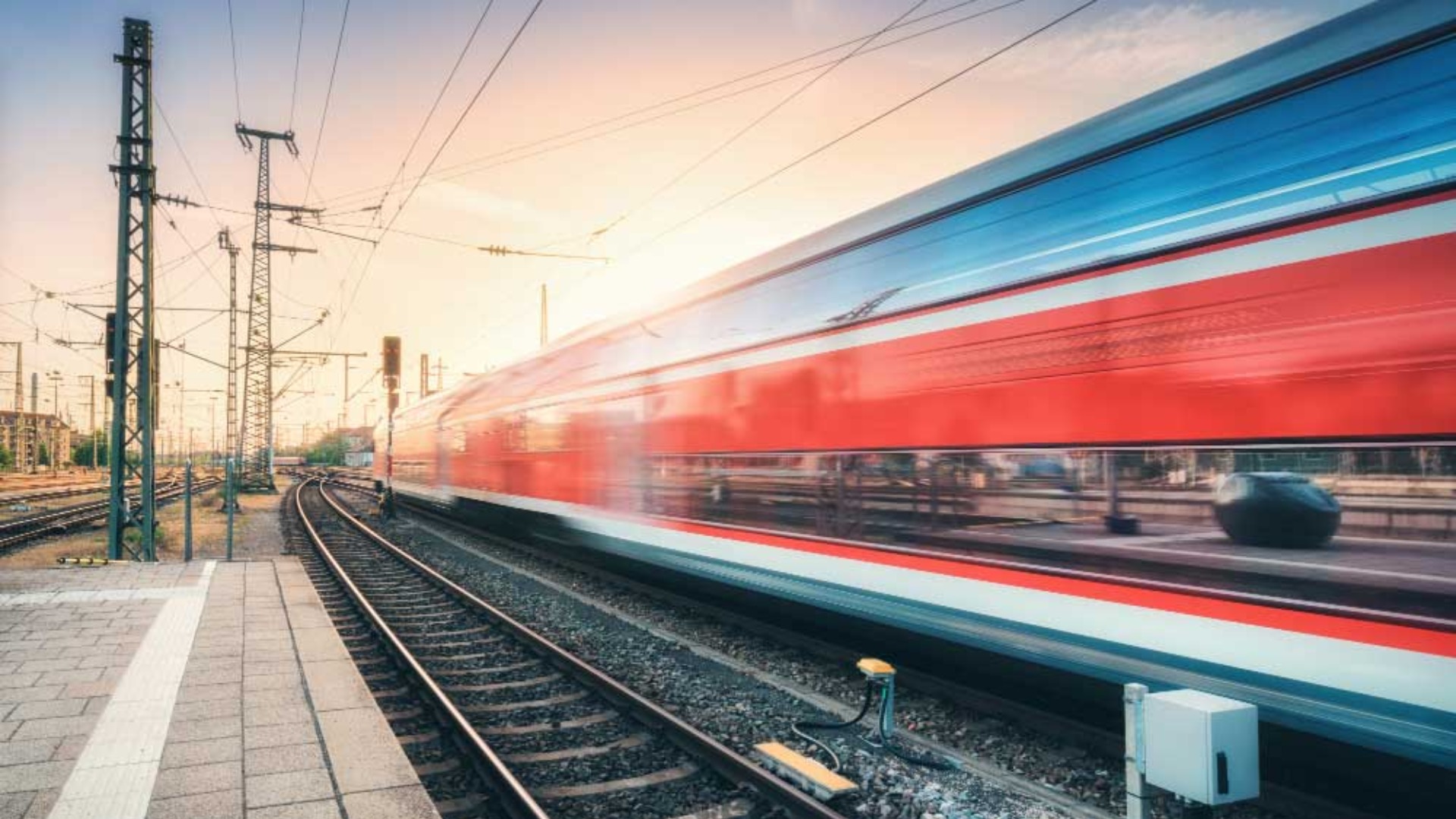
The European high-speed railways in a nutshell

Boosting railway travel is a common goal for all European countries, in a joint effort to limit carbon emissions and encourage sustainability across the tourism industry at the same time.
As the aviation sector is responsible for almost 14 per cent of the global carbon emissions, high-speed rail networks are considered to be the best alternative for building more sustainable habits and slowly replace air travel across most of the European territory.
With this goal in mind, rail industry leaders in Lyon, France, have recently announced that they plan on doubling high-speed rail use by 2030, this way also improving intra-national travel times.
But how many railway projects are there in Europe and how many sector-related initiatives are there to come in the near future? Let’s see which are the major high-speed rail projects by country:
France – the TGV high-speed train network, operated by SNCF and known for its popularity (110 million passengers a year choose TGV services), connects the country to several other European destinations such as Italy, Spain, Belgium, Luxembourg, Switzerland, the Netherlands and the United Kingdom. In the future, more lines will be added to the already existing network: the LGV Méditerranée, part of the TGV rail system, expects new lines connecting Bordeaux and Toulouse (by 2030), Bordeaux and Espagne (by 2032), and Montpellier and Perpignan (by 2035).
UK - High Speed 1 (HS1), operated by Eurostar, is the main high-speed rail connecting London to France, accounting for 11 million international and 15 million domestic passengers every year. The HS1 line is 108 km long. High Speed 2 (HS2), linking London to Birmingham and Manchester to Nottingham, is also set to open between 2029 and 2033, with the second phase of the project expected a little bit later, between 2035 and 2040.
Germany - the ICE (InterCity Express) network connects Berlin, Hamburg and Cologne, as well as Germany to Austria and Switzerland, with trains travelling as fast as 305 km/h. A new line from Stuttgart to Wendlingen is to be completed and opened by 2025.
Italy – the most popular railway operator in the country is FrecciaRossa. The network is operated by Trenitalia and currently links Milan to Bologna, Florence to Rome, and Naples to Turin. Recently, Italy launched new rails connecting Fiumicino airport (Rome), Florence and Naples, served by state-of-the-art trains reaching 300km/h.
However, Italo EVO high-speed trains are even faster, as well as “greener”, as they produce considerably less CO2 emissions. The EVO line trains connecting Milan to Genoa and Naples to Bari are expected for inauguration in 2023 and 2027 respectively.
Spain – the popular AVE high-speed railway featuring bullet trains running at 350 km/h links Spain with France and Portugal. The railway was established back in 1992, with the Madrid–Seville route was first launched. AVE is the longest train network in Europe, and the second longest in the world (following the one in China), with a total of 3.622 kilometres, reported at the end of last year. New Murcia–Almería and Madrid–Santander lines are also expected for 2025.
New service connecting Paris and Berlin expected by 2023
According to a recent announcement by French rail operator SNCF and Deutsche Bahn, a direct high-speed train between Paris and Berlin will become operational at the end of 2023.
Speaking for the AFP, SNCF CEO Jean-Pierre Farandou commented:
"We want to launch a TGV Paris-Berlin in December 2023. It makes sense because we see that people are accepting longer and longer journeys. There are really people who are willing to spend five hours, six hours, seven hours on a train. In this case, Paris-Berlin is seven hours.
"A few years ago, we thought it was a little long and we were afraid we'd have no one. There are more and more people for whom this is not a problem, so much the better!"
Farandou also highlighted that "taking the train is a way to reconcile mobility and nature protection."
Moreover, several more day and night trains between Paris and Berlin are to begin service starting 2023, as Austrian railroads ÖBB in partnership with SNCF and Deutsche Bahn will also commence operations here in just a couple of years.
"It will be at the same time, the night train and the day train. We will have the choice according to taste. We are making Europe somewhere, the Europe of everyday life. We are making peace in Europe with the railway", Farandou added.
"I am convinced that we need more railroads in Europe and a strong Europe needs a strong interconnection on the rails", concluded the Director General of Deutsche Bahn, Richard Lutz, while stressing out the importance of railway travel in order to reach environment-related goals across all the European territory.
Source: euronews.com



